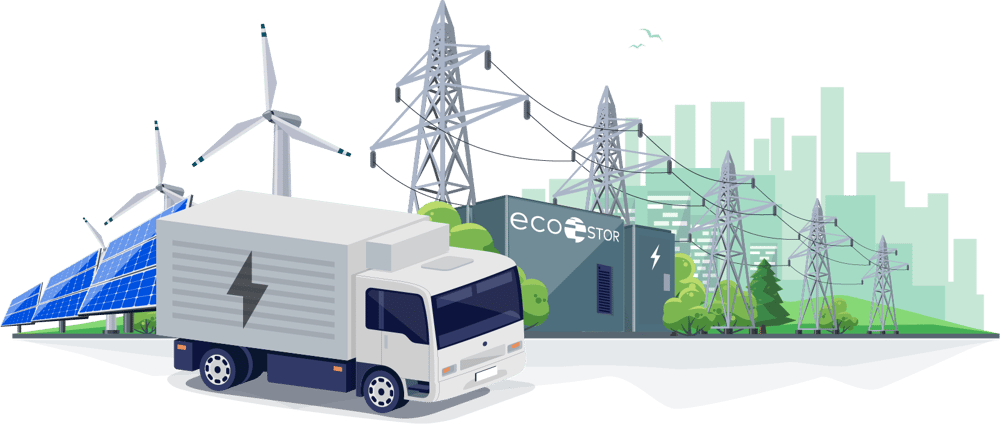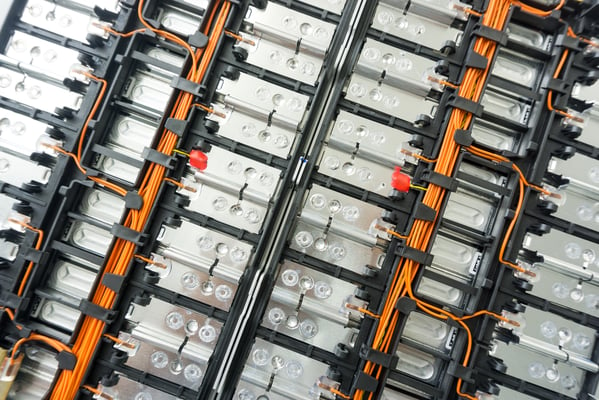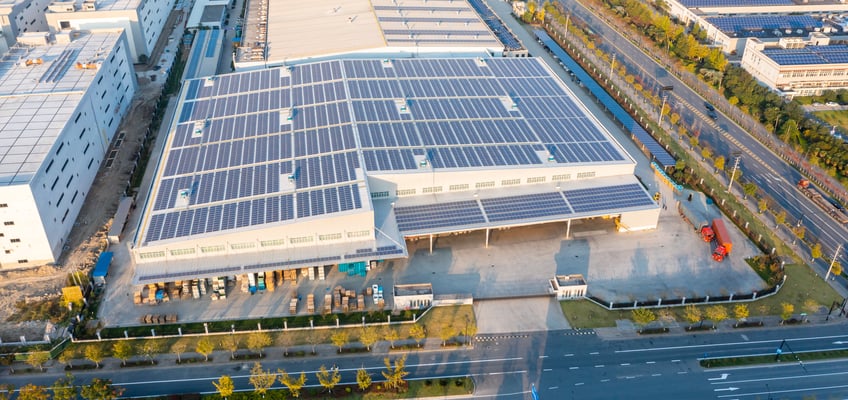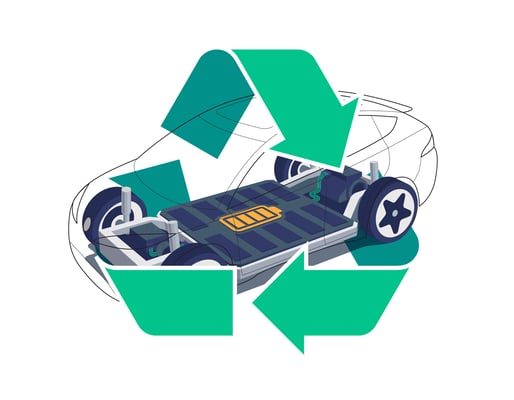
The Energy Transition in the Transportation Sector
The energy transition in the transportation sector is pivotal in the global effort to combat climate change and reduce greenhouse gas emissions. As logistics and mobility constitute significant portions of energy consumption and emissions, the shift towards sustainable energy sources in transportation is essential for achieving environmental targets and enhancing energy security. This transformation is being driven by new policies, groundbreaking technologies, and innovative solutions such as battery energy storage systems and second-life batteries.
New Policies and Regulations in Europe
Across Europe, stringent policies and ambitious targets are shaping the future of transportation. The European Union (EU) has a long-term goal to achieve climate neutrality by 2050, and the transportation sector is central to this vision. Key regulations and initiatives include:
European Green Deal: Launched in 2019, the European Green Deal outlines actions to make the EU’s economy sustainable. Part of its target is to reduce greenhouse gas emissions by at least 55% by 2030 compared to 1990 levels. This includes enforcing stricter CO2 emissions standards for cars and vans.
Fit for 55 Package: This includes a set of proposals designed to ensure the EU meets its climate goals. For transportation, it includes measures such as the revision of the Regulation setting CO2 emission standards for cars and vans, pushing for a significant increase in electric vehicle (EV) adoption.
Alternative Fuels Infrastructure Regulation (AFIR): This regulation aims to ensure that an adequate network of recharging and refueling infrastructure for alternative fuels such as electricity and hydrogen is developed throughout the EU.
Euro 7 Emissions Standard: Set to come into effect in the mid-2020s, the Euro 7 standard will tighten regulations on vehicle emissions, encouraging manufacturers to invest more in cleaner technologies.
Innovative Technologies in the Transportation Sector
Technological advancements are at the forefront of the energy transition in transportation. These innovations are not only reducing emissions but also improving efficiency and sustainability.
Electric Vehicles (EVs): EVs are the cornerstone of sustainable transportation. Advances in battery technology, including increased energy density and reduced costs, are making EVs more viable for both consumers and commercial fleets.
Hydrogen Fuel Cells: Hydrogen fuel cell technology offers a zero-emission alternative, particularly for heavy-duty vehicles and long-distance transportation. Europe is investing heavily in hydrogen infrastructure to support this transition.
Autonomous and Connected Vehicles: These technologies enhance the efficiency of transportation systems, reducing energy consumption and emissions through optimized driving patterns and fuel usage.
Battery Energy Storage Systems: Battery energy storage is crucial for supporting the integration of renewable energy sources into the grid and providing the necessary infrastructure for EV charging. Most importantly, due to the instability or lack of power in the grid, BESS is a good alternative until the grid is ultimately upgraded to be able to handle the ever growing need for electricity.
Hindrances and Challenges
While the potential for a greener transportation sector is significant, several challenges need to be addressed:
- Infrastructure Development: Adequate charging and refueling infrastructure is critical for the widespread adoption of EVs and hydrogen vehicles. Significant investment and coordinated policy efforts are required to build this infrastructure.
- Battery Recycling and Supply Chain: The sustainable sourcing, production, and recycling of batteries pose significant challenges. There is a need for an efficient circular economy model to handle end-of-life batteries and reduce dependency on raw materials.
- Consumer Acceptance: Despite growing enthusiasm, consumer acceptance of new technologies, particularly EVs, requires competitive pricing, range confidence, and convenience in charging infrastructure.
Opportunities and Future Prospects
Despite these hindrances, the transition presents numerous opportunities:
- Second-life Batteries: Integrating second-life batteries, repurposed from EVs and other uses, into energy storage solutions can significantly reduce costs and support renewable energy integration. These batteries can be used in stationary storage applications or minor electric vehicle fleets, extending their usable life and contributing to a circular economy.
- Innovation and Job Creation: The push towards sustainable transportation is fostering innovation and creating new jobs in engineering, manufacturing, and infrastructure development.
- Energy Security and Independence: Utilizing locally generated renewable energy for EVs can reduce dependency on imported fossil fuels, enhancing energy security and economic stability.
- Environmental and Health Benefits: Reducing emissions from the transportation sector will improve air quality, resulting in better public health outcomes and contributing to the fight against climate change.
BESS and the future
The energy transition in the transportation sector is a complex yet promising pathway towards a sustainable future. Europe is leading the way with progressive policies and significant investments in new technologies. Companies specializing in battery energy storage and second-life batteries will play a crucial role in overcoming challenges and realizing the opportunities this transition offers. By driving innovation and fostering collaborations across the industry, we can build a cleaner, more efficient, and resilient transportation system for future generations.




